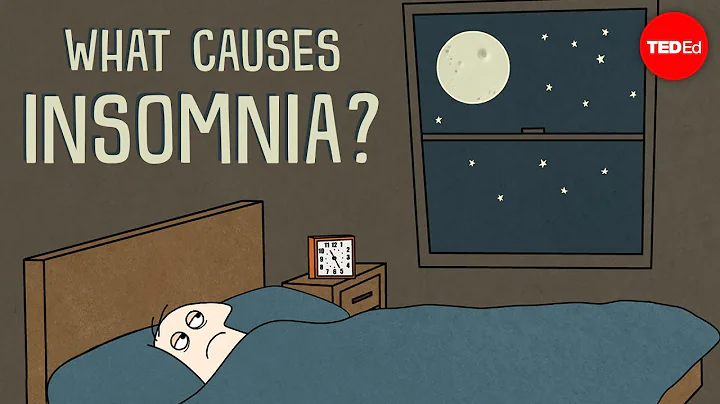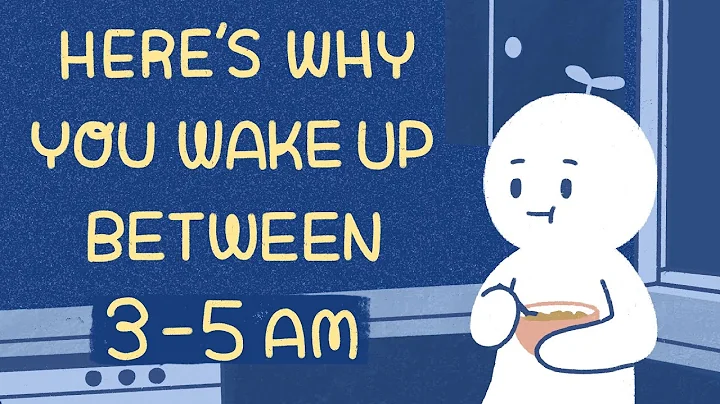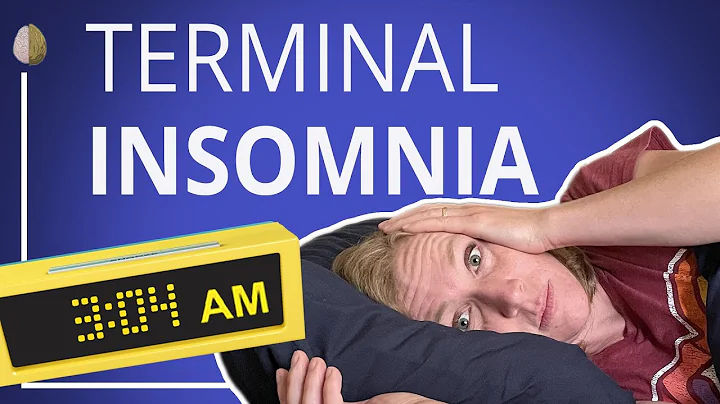Sleep is a physiological regulatory behavior of the human body that adapts to the natural diurnal changes. When you want to sleep but can't or wake up in the middle of the night and can't fall back asleep, you are probably suffering from insomnia. If you still have insomnia after a variety of treatments, especially for patients who have been suffering from insomnia for a long time, you can use the following methods to improve it based on your insomnia situation.





- In addition to the two methods mentioned above, the editor has also compiled tips for treating insomnia from major hospitals for your reference.
Acupuncture therapy
Acupuncture therapy mainly plays the role of reconciling yin and yang in the application of insomnia. The key to acupuncture treatment is to adjust the partial prosperity and partial decline of yin and yang according to the attributes of syndrome differentiation, so that the human body's functions gradually return to a peaceful state of "yin balances yang secret", so as to achieve the effect of falling asleep peacefully at night. To treat insomnia, you can follow the three-step process of "one acupuncture, two moxibustion, and three consolidation" to achieve immediate effect, strengthen the curative effect, and prolong the lasting effect.
One needle: Acupuncture
We generally take "reconciling yin and yang, calming the heart and calming the mind" as the treatment principle. The acupoints selected are Zhaohai, Shenmai, Shenmen, Anmian, Sishencong, Yintang. Main points; at the same time, add or subtract according to syndrome differentiation.
For example, for heart and liver blood deficiency, add Neiguan , Xinshu, and Qiuxu; for heart and spleen deficiency plus Sanyinjiao, Neiguan, Xinshu, Pishu ; for liver stagnation and spleen deficiency plus Taichong , period Men, Ganshu, Pishu, Sanyinjiao; Yin deficiency and fire exuberance plus Daling, Taixi , Xinshu, Qiemen ; Heart and kidney disharmony plus Taixi, Xinshu, Yinqie, Shenshu , Yongquan ; Liver Qi stagnation plus Qimen, Taichong, Hegu , Shuigou; liver and gallbladder damp-heat plus Fengchi , Foot Qiao Yin , Waiguan , etc.

Two moxibustion: fine moxibustion
Fine moxibustion technology is a moxibustion-type technology that uses moxibustion sticks the size of millet grains to burn on acupoints to treat systemic diseases. It was innovatively developed by Professor Fu Wenbin, a famous Chinese medicine practitioner in Guangdong Province, on the basis of inheriting the moxibustion techniques taught by Lingnan acupuncture master Professor Situ Ling.

In the treatment of insomnia with essence moxibustion, in addition to the Sihua point as the basis for treatment, Yanggang, Ganshu, Yongquan, Pishu, Shenshu, etc. are also selected based on syndrome differentiation.
" Nei Jing " emphasizes that "moxibustion is suitable for things that acupuncture cannot do", and "Introduction to Medicine" points out that "moxibustion is necessary if medicine cannot do it and needles cannot do it." As a moxibustion technique, essence moxibustion has the functions of warming the meridians and dispersing cold , supporting yang and stabilizing prolapse, dispelling blood stasis and dissipating knots, preventing disease and health care, and has a benign regulating effect on the nervous, metabolic endocrine, immune, respiratory, digestive, circulatory and other systems. , and has good analgesic, calming and antidepressant effects.
Three consolidations: Indwelling intradermal needles
The peak time of acupuncture treatment is short. In order to prolong the continuous therapeutic effect of acupuncture, you can choose to leave intradermal needles for 2-3 days.
"Su Wen Li He Zhen Xie Lun" records: "Inhalation will lead to acupuncture, and there will be no anger, and it will stay calm for a long time." Modern research believes that the skin is the "third brain" of the human body, with a complete neuro-endocrine-immune network. After the intradermal needle penetrates the skin, it can directly stimulate the nerve endings , and the nerve excites along the nerve pathway to the central nervous system - the spinal cord and brain, activating the nervous system and regulation, and then through some signaling factors, and then Activate the neuro-endocrine-immune network to exert its regulatory and therapeutic effects.
Content source: Traditional Chinese Medicine Nursing WeChat public account
Edited by: Integrated Traditional Chinese and Western Medicine Nursing Magazine
Correspondent: Dong Wei, Sun Lei, Qin Shasha, Wang Jingjing





















